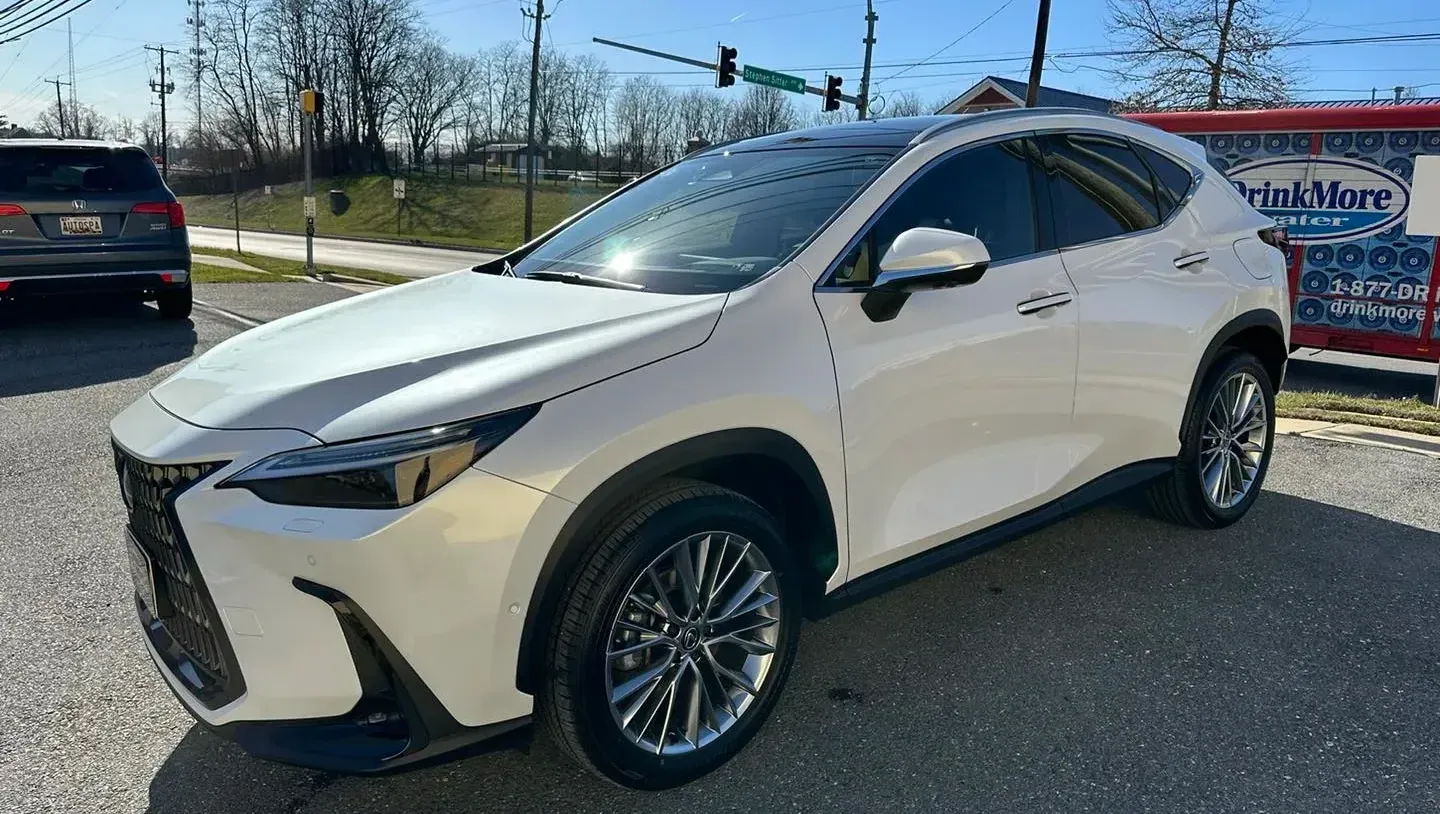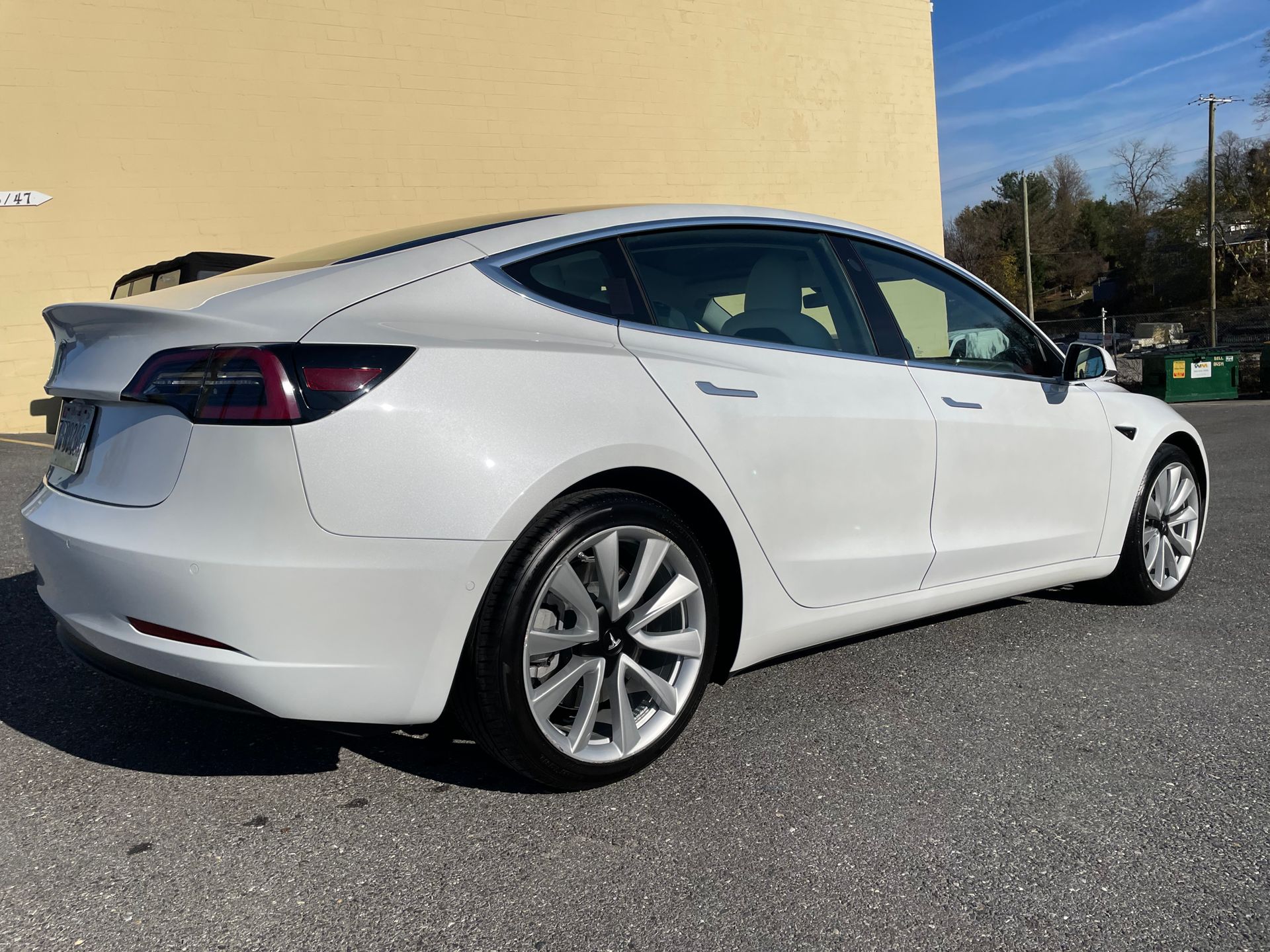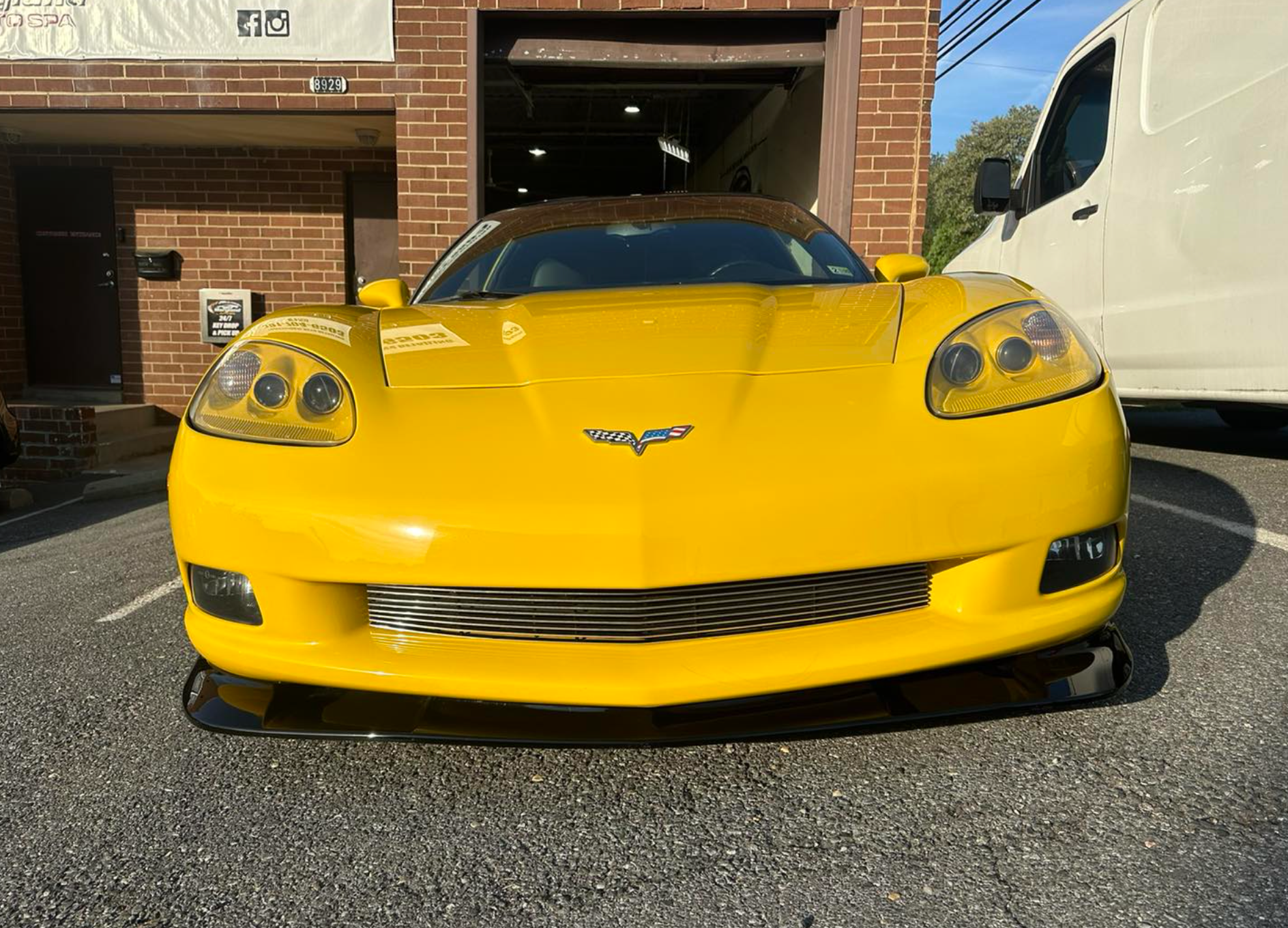Ceramic Coating vs. Traditional Wax: A Deep Dive into Protection
SCHEDULE ONLINE GET A FREE ESTIMATEImagine spending a lot on a new car only to find its lustrous paint dulled by bird droppings and tree sap a few months down the line! You can avoid this by choosing the right car paint protection. In this war of sheen and shield, are you a fan of ceramic coating or traditional wax? Our guide navigates mudsplashes of confusion to bring you closer to a shinier, longer-lasting decision for your vehicle. Buckle up as we take you on a thrilling ride through the world of car paint protection in "Ceramic Coating vs. Traditional Wax"!
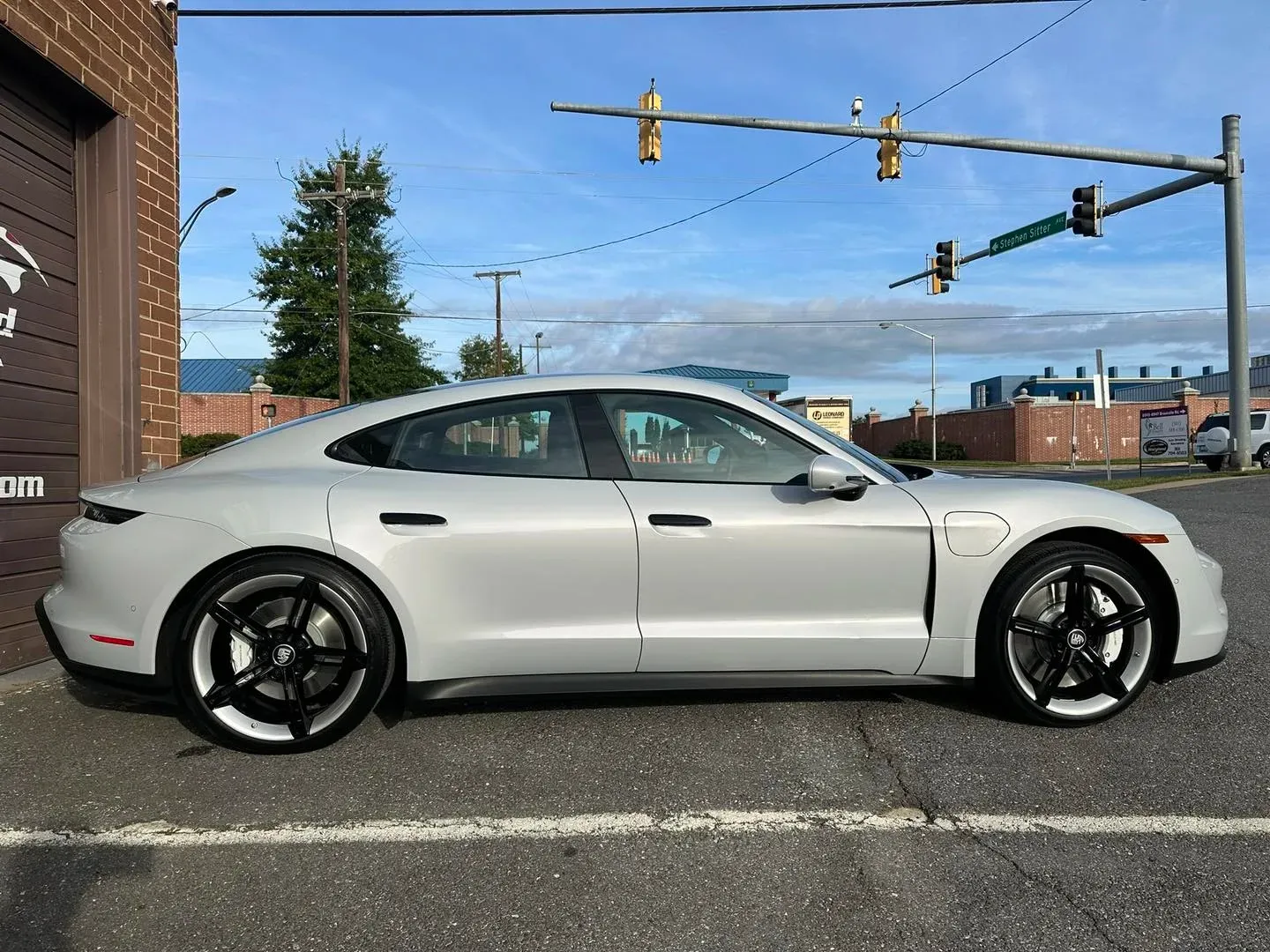
Comparing Ceramic Coating and Traditional Wax
When it comes to protecting your car's paint, there are two main options that often come to mind: ceramic coating and traditional wax. Both provide a layer of protection against the elements, but they differ in many aspects. So, how do you decide which one is the best choice for your car? Let's take a closer look at the pros and cons of ceramic coating and traditional wax.
Traditional wax has long been the go-to product for adding shine and protection to car exteriors. Wax spreads across the clear coat in a thin water-repellant layer, giving your car a glossy, wet look and warm glow. It's easy to apply and provides temporary protection that lasts for a few weeks or months. Wax is also more affordable compared to
ceramic coatings.
On the other hand, ceramic coatings are relatively new players on the market, and they represent the efficient expressway of paint protection. Ceramic coatings chemically bond with your car's finish, creating a durable barrier against dirt, water spots, UV rays, and other environmental contaminants. They provide long-lasting protection that can withstand years of heavy use, making them ideal for daily drivers or cars exposed to harsh weather conditions.
One major
advantage of ceramic coatings over traditional wax is their durability. While wax typically only lasts a few weeks or months before it needs to be reapplied, ceramic coatings can protect your car for a year or more. The chemical bond they form with the paint ensures that they won't wash away easily or break down quickly.
Of course, cost is an important factor to consider when choosing between ceramic coating and traditional wax. Ceramic coatings can be quite expensive, often costing thousands of dollars. Additionally, applying a professional-grade ceramic coating requires a significant time investment, as the car may need to stay in the shop for up to a week. On the other hand, traditional wax is relatively affordable and can be applied by yourself at home with minimal downtime.
Differences in Material Composition
Traditional wax consists of a blend of natural waxes, solvents, oils, scents, and colorants. These additives are carefully combined to achieve the desired results in terms of glossiness, smell, and texture. While most waxes are primarily made from carnauba wax derived from palm trees, synthetic waxes have also gained popularity due to their longer-lasting properties.
Ceramic coatings, on the other hand, are based on silicon dioxide (SiO2) or titanium dioxide (TiO2). These coatings contain nanoparticles that form a chemical bond with the car's paint upon application. This bond creates a protective layer that resists dirt and water while enhancing the paint's shine. Ceramic coatings often come in liquid or spray form for easy application.
Some argue that traditional wax provides a more natural, organic protection for your car's paint. The use of carnauba wax, which is derived from trees, may appeal to those who prioritize eco-friendliness and sustainability. On the other hand, ceramic coatings offer a high-tech solution that utilizes advanced materials and chemistry to provide long-lasting protection. The choice between traditional wax and ceramic coatings ultimately depends on your personal values and preferences.
Variances in Surface Protection
Another aspect to consider when choosing between ceramic coating and traditional wax is the level of surface protection they provide. While both products aim to protect your vehicle's paint job, there are significant differences in their performance.
Imagine you live in an area that experiences extreme weather conditions with scorching heat and heavy rainfall. Traditional wax can provide a temporary shield against environmental elements, but it may struggle to withstand the harshness of the weather over time. Eventually, the wax will begin to degrade, leaving your car vulnerable to fading from UV rays and damage from acidic rainwater.
On the other hand, ceramic coatings offer superior protection against these environmental challenges. Their advanced formulations create a durable barrier capable of resisting heat, UV rays, acid rain, and various contaminants. Even after months or years, the ceramic coating will continue to shield your vehicle's paint, keeping it looking vibrant and glossy.
To further illustrate this point, let's say you regularly park your car under a tree that often sheds sap and leaves. With traditional wax, these sticky substances have the potential to penetrate and bond with the surface of your car's paint, causing unsightly stains and damage. Ceramic coatings, however, make it easier to clean such contaminants as they create a hydrophobic surface that resists the bonding of foreign materials.
The differences in surface protection between traditional wax and ceramic coatings are evident in their ability to repel water and prevent water spots. While wax may offer some water-repellent qualities after application, its effect diminishes over time. Ceramic coatings, on the other hand, maintain their hydrophobic properties for an extended period of time. Rainwater or any other liquid is more likely to bead up and roll off the treated surface without leaving behind hard-to-remove water spots.
The durability and surface protection provided by ceramic coatings overshadow those of traditional wax. The former offers a long-lasting shield against UV rays and environmental contaminants like bird droppings or tree sap. Additionally, ceramic coatings exhibit exceptional resistance to extreme weather conditions and create a hydrophobic surface that repels water and prevents water spot formation. In the next sections, we will explore the aesthetic contributions of both options and assess their ease of application.
Aesthetic Contributions: Glossy Finish vs Deep Shine
When it comes to car paint protection, not only do we want our vehicles to be safeguarded from the elements, but we also want them to look stunning. Both ceramic coatings and traditional wax can contribute to enhancing the appearance of your car, but they provide different aesthetic results.
Traditional wax has long been renowned for its ability to give vehicles a glossy finish. When you apply wax to your car's surface, it creates a thin, water-repellent layer that adds depth and shine. The result is a classic, sleek look that catches the light and turns heads wherever you go. Wax truly gives your vehicle that "just detailed" appearance.
On the other hand, ceramic coatings offer a deep shine that many car enthusiasts prefer. These coatings have advanced technology that chemically bonds with the car's paint, creating a protective barrier that brings out the full potential of your car's color. The deep shine produced by ceramic coatings is often described as more vibrant and lustrous compared to the glossy finish of wax. It provides a striking, showroom-quality appearance that is sure to make your car stand out from the crowd.
To understand the difference between a glossy finish and a deep shine, let's picture two luxurious sports cars side by side. The first one has been meticulously waxed, resulting in a brilliant glossy sheen that reflects its surroundings like a mirror. The second one has been treated with a ceramic coating, showcasing an intense depth in its paint that seems to radiate from within, capturing every highlight and contour of its design.
While both finishes are undeniably beautiful, personal preference plays a significant role here. Some drivers may favor the timeless elegance of a glossy finish, appreciating its classic appeal. Others may opt for the more modern allure of a deep shine provided by ceramic coatings, embracing its eye-catching brilliance.
It's important to consider the specific characteristics of your car and how you want it to be perceived. Are you looking for a bold, head-turning presence on the streets or a sophisticated, elegant appearance? This will help guide your decision between traditional wax and ceramic coatings.
Assessing Ease of Application Process
When it comes to applying protective products to your car's paintwork, ease of use can be a deciding factor for many car owners. After all, not everyone has hours to spend on meticulous detailing processes. So let's take a closer look at how wax and ceramic coatings compare in terms of the application process.
For beginners or DIY enthusiasts, the process of applying wax can be relatively straightforward. You usually apply it by hand or with an applicator pad, then buff it off with a microfiber towel. Working in small sections, this process can be quite manageable, even for those new to car care.
Ceramic coatings, on the other hand, require more precision and attention to detail during application. These coatings often come as liquid formulas that need careful spreading onto the paintwork using specialized applicators. Depending on the specific product, there may also be curing times involved before any subsequent layers can be added. Given these additional steps and requirements, applying ceramic coatings typically involves a steeper learning curve.
While wax may offer a more user-friendly application process, ceramic coatings have their advantages as well. The extra effort required to apply ceramic coatings can lead to longer-lasting results and a higher level of protection for your car's paint. By investing time and care into properly applying a ceramic coating, you can enjoy its benefits for an extended period of time.
When considering the ease of
ceramic coating application, it's essential to weigh your priorities. If you're someone who values convenience and wants a quick and straightforward application process, traditional wax may be the better choice for you. However, if you're willing to put in some extra effort and take your car's protection to the next level, ceramic coatings could be worth exploring.
Ultimately, the decision between wax and ceramic coatings depends on your preferences as a car owner. Whether you prioritize ease of use or are willing to invest additional time and effort for superior protection, there is a solution that will suit your needs.
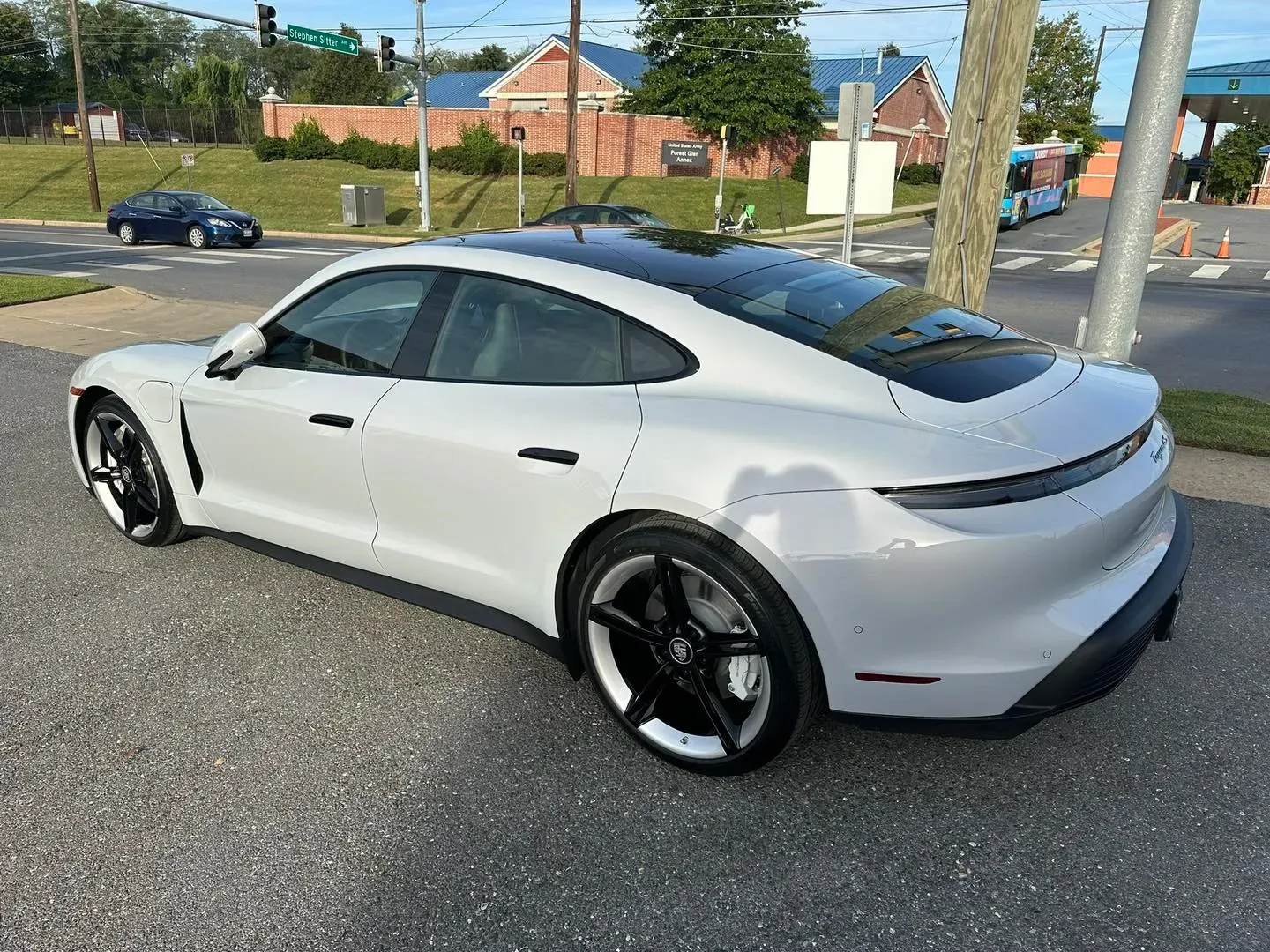
Practical Applications and Ideal Conditions
When considering whether to use ceramic coating or traditional wax, it's important to evaluate the practical applications and ideal conditions for each option. Every car owner has unique needs and preferences, so understanding when and where each protection method shines can help you make an informed decision.
For those who enjoy participating in car shows or frequently engage in photo shoots, traditional wax can provide a warm glow and enhanced aesthetic appeal on the day of the event. The glossy finish achieved with wax can really make your vehicle stand out and capture attention. Additionally, wax provides a protective barrier that shields your car's paint from environmental contaminants during these short-term applications.
However, if you're a daily driver facing harsh weather conditions or your vehicle spends extended periods parked outdoors, ceramic coatings become particularly advantageous. Ceramic coatings offer a longer-lasting protectant compared to traditional wax products. Their ability to chemically bond with the car's clear coat creates a strong barrier against dirt, water spots, UV rays, and other environmental pollutants. This durability ensures your car maintains its appearance even under constant exposure to the elements.
Moreover, professionally applied ceramic coatings can withstand years of heavy use, making them a perfect choice for vehicles that endure daily wear and tear on congested roads or experience frequent trips through treacherous weather conditions. The added protection provided by ceramic coatings is ideal for drivers seeking long-term solutions that require minimal maintenance.
To put it in perspective, think of traditional wax as an old, winding road that takes you on a scenic but temporary journey. It offers immediate gratification with its glossy finish but requires regular reapplication to maintain its effectiveness. On the other hand, ceramic coatings are like a new expressway built with efficiency and longevity in mind. Once applied, they become an integral part of your car's exterior defense system, providing unmatched durability for an extended period of time.
While ceramic coatings provide exceptional protection, it's essential to consider the downsides as well. The cost of professional application can be higher than traditional waxing, and the process may require leaving your vehicle in a shop for several days. Additionally, DIY options often demand meticulous preparation and precise application techniques to achieve optimal results.
Final Words
In the end, the choice between ceramic coating and traditional wax comes down to personal preference, budgetary considerations, and how you use your vehicle. If you value longevity, minimal maintenance, and ultimate protection against environmental factors, ceramic coatings are likely the better option. However, if you're looking for a temporary solution with an emphasis on aesthetic appeal for special occasions, traditional wax can still deliver impressive results. Consider your needs and priorities carefully to determine the best car paint protection method for your situation.
Deciding between ceramic coating and traditional wax can be daunting, but don't struggle through it alone! Let the experts at Maryland Auto Spa guide your decision making with expert guidance from us. Reach out and discover more about the services we provide as we look to extend the longevity and beauty of your vehicle's lifespan and appearance.
Choose
Maryland Auto Spa for car care services that truly appreciate its importance to both its protection and aesthetics. Reach out today to discuss what services your vehicle needs or to set up an appointment!

